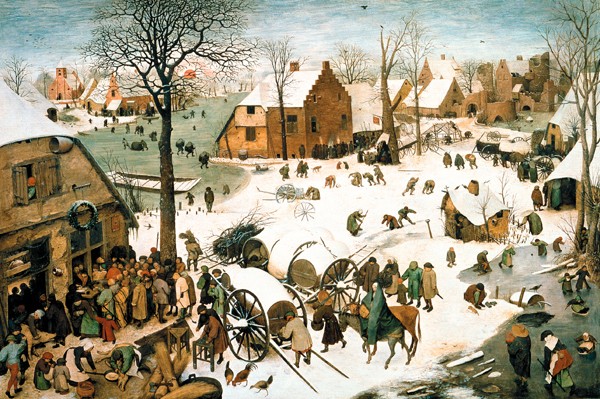Christmas lights twinkle, carols fill the air, and gift-wrapped surprises await under the tree. But amidst the festive cheer, a fascinating question lingers: Why do we celebrate Jesus’ birth on December 25, a date seemingly plucked from the depths of winter?
The Bible doesn’t mention Jesus’ birthday, so why does the world celebrate him on December 25?
Christmas lights twinkle, carols fill the air, and gift-wrapped surprises await under the tree. But amidst the festive cheer, a fascinating question lingers: Why do we celebrate Jesus’ birth on December 25, a date seemingly plucked from the depths of winter?
The answer, like a well-aged Christmas pudding, is layered with history, tradition, and a dash of celestial alignment.
Early Christian quandary
The Bible never mentions Jesus’ exact birthday. The early Church focused on his teachings and resurrection didn’t celebrate it at all.
In fact, for centuries, they even debated the concept of celebrating birth dates, considering it a pagan practice. It wasn’t until the 4th century that the tide began to turn.
Roman connections
One key player in this shift was the Roman Emperor Constantine I. Having converted to Christianity, he sought to unite his vast empire under a single faith. December 25 held particular significance in Rome. It was the birthday of Sol Invictus, the Unconquered Sun, a pagan deity representing the winter solstice and the promise of returning light.
Choosing this date for Jesus’ birth served a strategic purpose: it allowed Christians to celebrate their savior while incorporating existing Roman traditions, easing the transition for pagan converts.
Theological alignments
Beyond pragmatic considerations, some early Christians saw theological symbolism in December 25. They associated Jesus with the “true light” of the world, his birth mirroring the return of the sun after the darkest days of winter.
Additionally, some speculated that Jesus’ conception occurred on March 25, the spring equinox, making December 25 nine months later, a significant period in Jewish tradition.
Gradual acceptance
The celebration of Jesus’ birth on December 25 gained traction slowly. It wasn’t until the 6th century that it became widely accepted in the Western Church. The Eastern Church, however, stuck to January 6 as the date for Jesus’ birth and baptism.
Enduring traditions
Over time, December 25 firmly rooted itself in the Christian calendar. Pagan influences gradually faded, replaced by nativity stories, carols, and festive traditions. The date, though not historically accurate, became synonymous with the spirit of Christmas: a time for family, joy, and the celebration of Jesus’ message of love and hope.
Beyond the date
While December 25 may not be Jesus’ actual birthday, its significance lies in its unifying power. It allows Christians across denominations and cultures to come together in shared celebration, remembering the birth of their savior and spreading the message of goodwill that transcends any calendar date.
So, as you raise a toast to loved ones this Christmas, remember the fascinating journey that led us to December 25. It’s a testament to the enduring power of faith, tradition, and the human desire to celebrate the light that shines even in the darkest of winters.
May this Christmas be filled with the warmth of loved ones, the joy of giving, and a renewed appreciation for the rich tapestry of history and tradition that brought us this cherished holiday.















